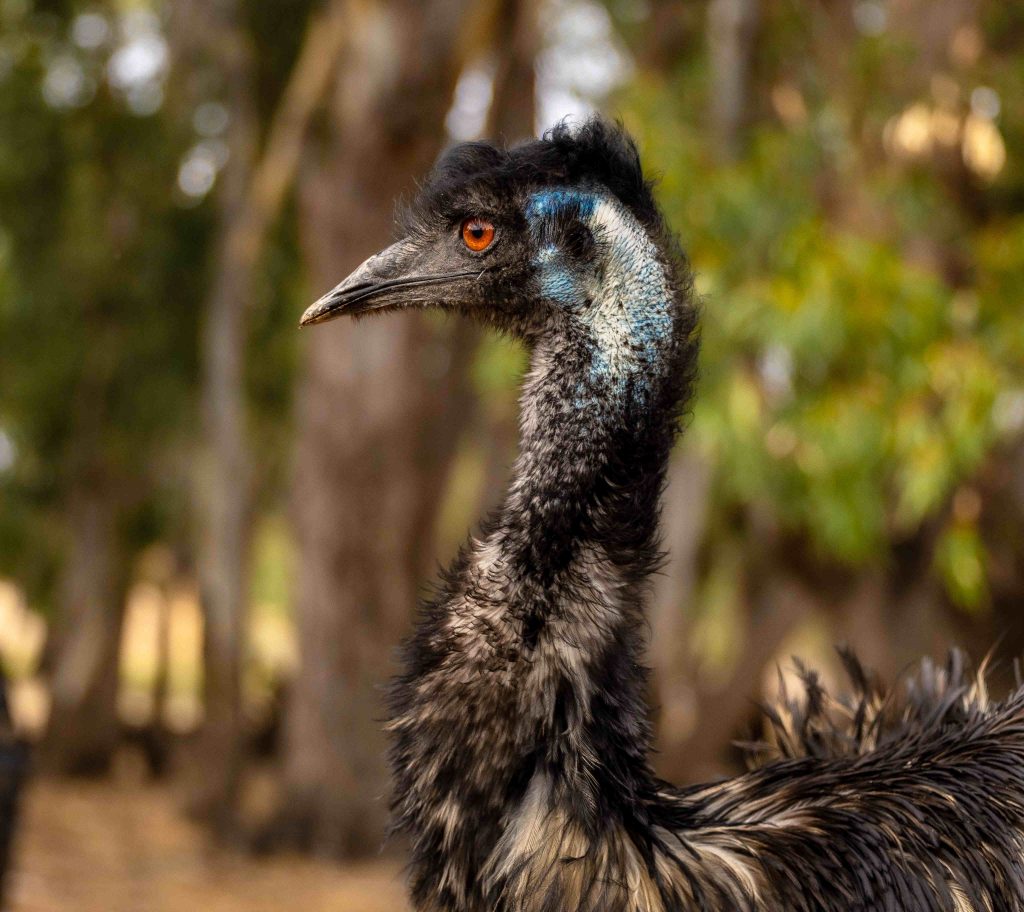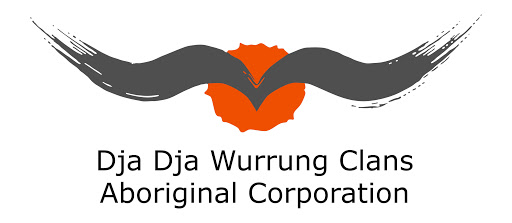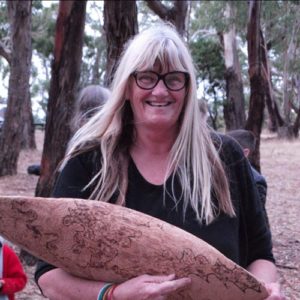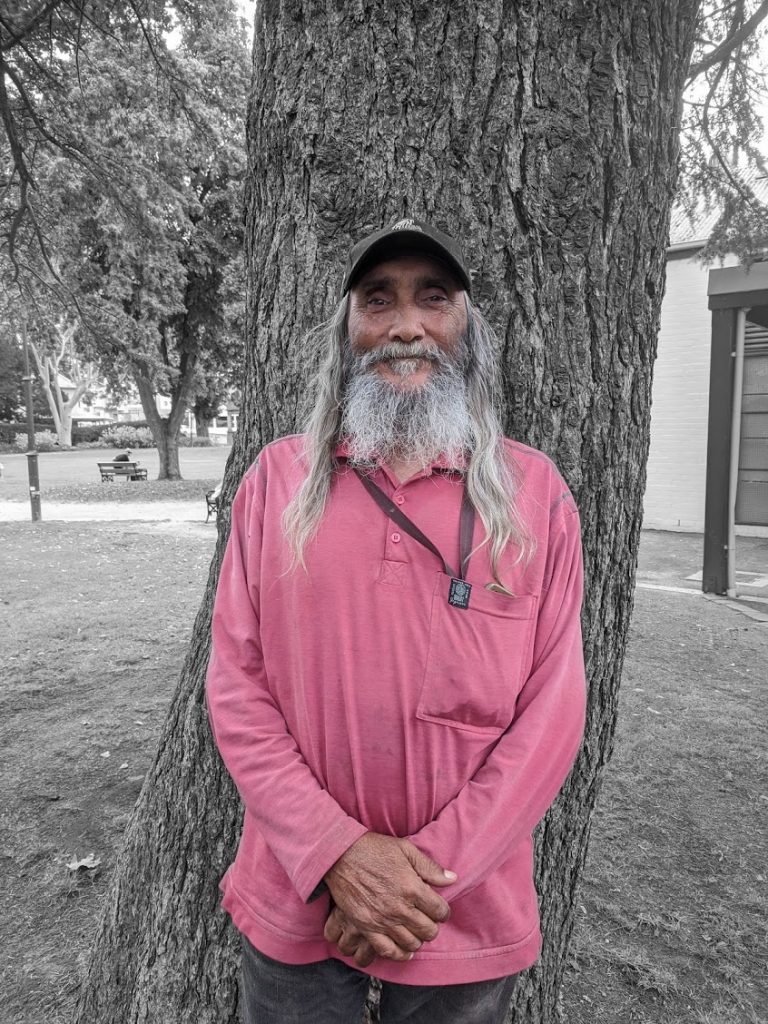Discover the rich stories of the Djaara People in Dja Dja Wurrung Country in this mystery story through Kalimna Park in Castlemaine. Open your eyes to stories of Land, Fire, and Sky, stories of country, stories of ancestors, stories of totems, stories of the First Peoples of this land that we soar with, and bring us hope.
Can you solve the mystery of the land of the birds, Land of Barramul?
Find out more about the mysterious adventure awaiting you below.
Land of the Birds (Castlemaine): PG Rating
Written by: Djaara storytellers with Olivia Guntarik, Photographs by: Melissa Bilton and Unsplash, Narration by: Ira Barker, Harley Douglas, Jacinta Douglas, Aunty Julie McHale, Uncle Rick Nelson, Welcome To My Homeland & Welcome to Emu Country Family Songs Shared by: Uncle Rick.
Welcome to Dja Dja Wurrung Country. You’re here to solve a mystery, one that involves stories of Country, stories of my ancestors, of our totems.
You’ve lost your memory and you’ve shrunk. Strange creatures appear across Country. Someone tells you you’ve got a mystery to solve. What is going on?
Suddenly, you’re walking the land of birds on Emu Country, Land of Barramul. Ancient stories about the First Peoples of this land float from Country and the sky. The stories demand your attention but your faulty memory is not helping.
Will you take the steps to listen, respond, and solve the mystery before your memory disappears completely?
This adventure starts at the path into Kalimna Park at the intersection of Fletcher and Campbell St in Castlemaine. This 1km walking trail will take 45-60mins to complete and contains moderately steep and rocky inclines. Dress for the weather, and bring water with you! Just download the Story City App here.
Land of Birds is part of a sound walk and cultural trail developed in partnership with Dja Dja Wurrung Clans Aboriginal Corporation and RMIT University.
Dja Dja Wurrung people are recognised as the Traditional Owners of Country extending from north of the Great Dividing Range near Daylesford, which includes the catchments of the Richardson, Avon, Avoca, Loddon and Campaspe Rivers. Dja Dja Wurrung have cared for country for centuries and as a commitment to future generations as part of Balak Kalik Manya.
We acknowledge these stories of land, water and sky.
Find out more about the creators involved below.
Aunty Julie McHale: a Palawa woman (Tasmanian Aboriginal) from the Trawlwoolway People is an adopted elder of the Jaara community. Born in Castlemaine, Aunty Julie has lived her whole life on Jaara Country.
Ira Barker: Castlemaine-based Gunditjmara Claire Barker works at Gung Hoe Growers based at the Harcourt Organic Cooperative and is helping to set up a bush tucker farm to promote native plants and botanicals.
Rodney Carter: is a descendant of Dja Dja Wurrung and Yorta Yorta people and lives in Bendigo in Central Victoria. He is Chief Executive Officer of the Dja Dja Wurrung Clans Aboriginal Corporation and Dja Dja Wurrung Enterprises.
Harley Douglas: Lockwood resident and Dja Dja Wurrung man Harley Douglas is Dhelkunya Dja Project Manager – DjandakandDja Dja Wurrung Clans Aboriginal Corporation. He works on the Walking Together- Balak Kalik Manya Project focused on site-specific management plans for Kalimna Park in Castlemaine and Wildflower Drive in Bendigo.
Jacinta Douglas: is Dja Dja Wurrung descendent studying at the University of Melbourne. She is passionate about land conservation and the sustainable care of cultural sites.
Uncle Rick Nelson: Dja Dja Wurrung Elder Uncle Rick Nelson is a senior cultural advisor for the Dja Dja Wurrung community. He coordinates Men’s Business on country to support intergenerational knowledge transmission.
Harley Dunolly-Lee: is a PhD researcher at Monash University working on Dja Dja Wurrung language re-awakening. His thesis explores past and present ecologies of the Dja Dja Wurrung language.
Sharlee Dunolly-Lee: is a Dja Dja Wurrung artist and field officer at Dja Dja Wurrung Clans Aboriginal Corporation. She was one of 100 artists chosen to paint a sculpture for the Royal Children’s Hospital’s 150th anniversary art trail.
Neil Morris: is a Yorta Yorta and Dja Dja Wurrung musician and PhD Candidate at RMIT. His research centres on heavily-impacted colonial regions in south-eastern Australia and First Nations globally with similar experiences. He is interested in how creativity shapes culture, identity and belonging in the ongoing work of archival remembrance and song keeping.
Olivia Guntarik: is a Melbourne-based writer. She works at RMIT University.






